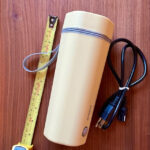Embarking on a journey and considering a new camera to capture your adventures? You’re in the right place. Choosing the Best Camera For Travel photography is a crucial decision that can significantly impact your experience and the memories you bring home. Let’s dive into practical advice to help you find the perfect travel companion.
1. Defining Your Travel Photography Goals
 Travel photography goals in Ha Long Bay, Vietnam, showing scenic landscape with boats, emphasizing personal experience capture.
Travel photography goals in Ha Long Bay, Vietnam, showing scenic landscape with boats, emphasizing personal experience capture.
Before you even start looking at camera specs, ask yourself: “What do I truly want to achieve with my travel photos?” Your answer will heavily influence the type of camera that’s best for you.
Are you aiming to document personal experiences, creating visual diary entries to relive your adventures? Or are you driven by the desire to capture stunning, shareable images for social media validation? Perhaps travel photography is your opportunity to seize once-in-a-lifetime moments, crafting portfolio-worthy shots you couldn’t create at home.
Understanding your primary goal is the first step in determining the best camera for your travel needs. Knowing your intent will guide you towards prioritizing portability, image quality, sharing capabilities, or a combination of these factors.
2. The Underrated Power of Your Smartphone for Travel Photos
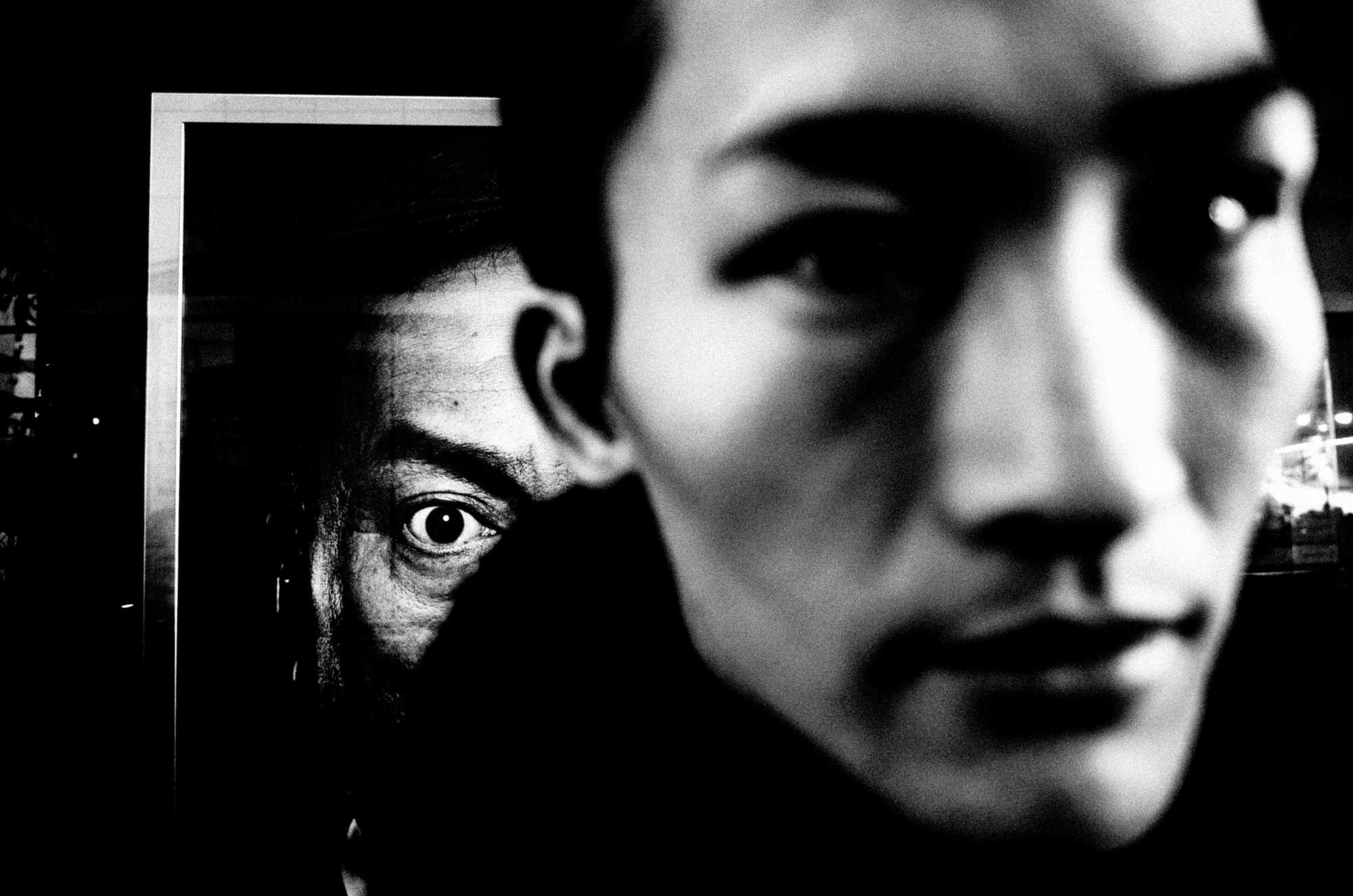 Street photography in Tokyo with a smartphone, highlighting the discreet and convenient nature of phone cameras for travel.
Street photography in Tokyo with a smartphone, highlighting the discreet and convenient nature of phone cameras for travel.
For many travelers, especially those focused on simply documenting their journeys for personal memories and sharing with loved ones, the smartphone is often the best camera they already own.
The smartphone excels in several key areas for travel photography: instant sharing capabilities, effortless charging, automatic cloud backup, and user-friendly photo editing apps. Its compact and lightweight design means it’s always with you, fitting easily into any pocket.
While smartphones might not boast the largest sensors or most megapixels, leading brands invest heavily in computational photography and intuitive camera software. The iPhone, for example, is globally recognized as a leading camera due to its reliable performance and image processing. Its strengths lie in producing true-to-life colors, offering a responsive shooting experience, and being readily accessible at all times.
The common pitfall for aspiring travel photographers is investing in bulky DSLR setups with heavy lenses, batteries, and accessories, only to find them cumbersome and detracting from the travel experience itself. Imagine lugging heavy gear through crowded streets or during hikes – it can quickly become a burden rather than a joy. Traveling light enhances your mobility and enjoyment, and a simpler camera setup encourages you to focus on the moment, not just the gear.
3. Top Recommendations for Compact Travel Cameras
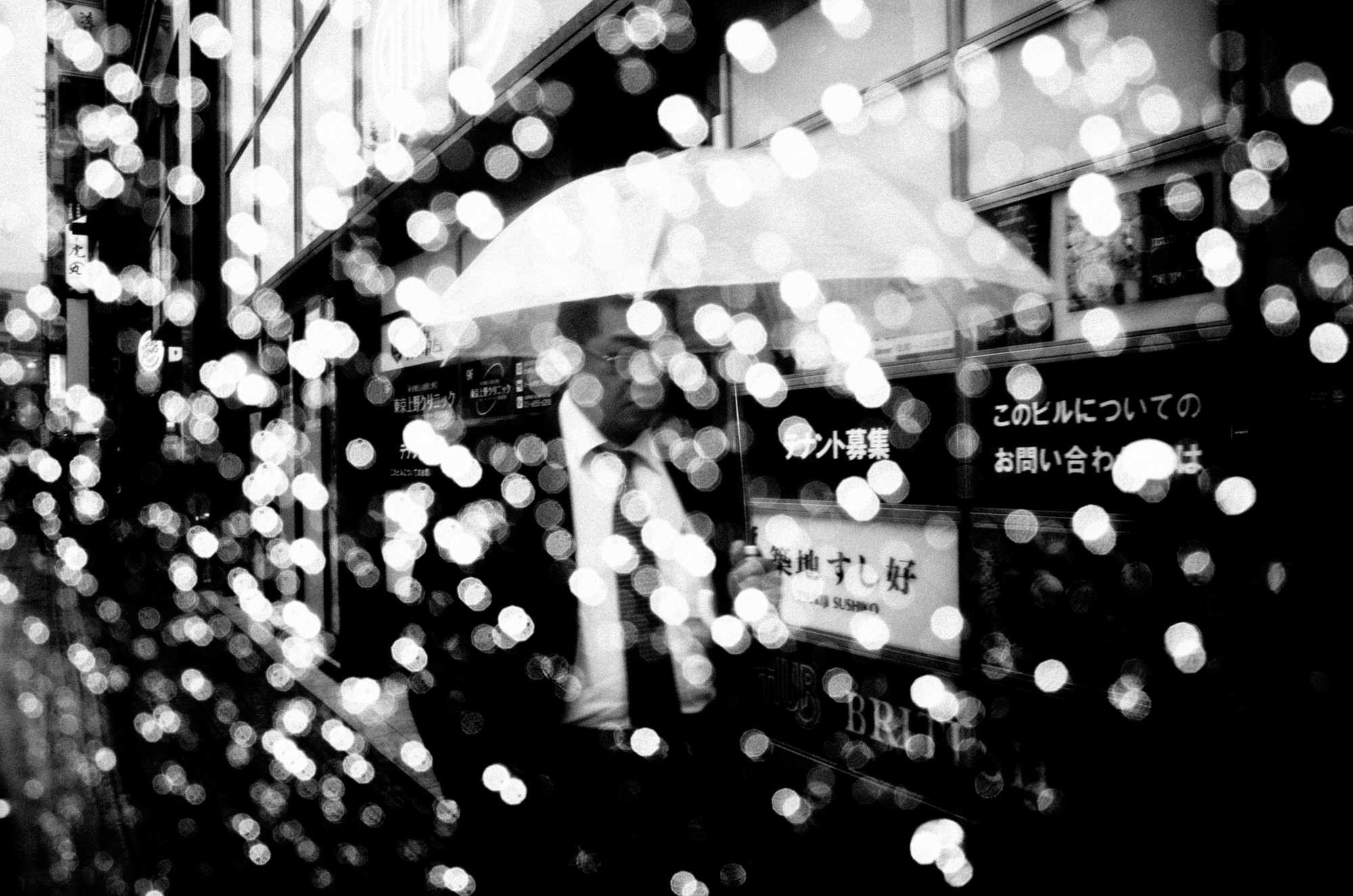 Street scene in Tokyo captured with a compact camera, showcasing the discreet size and image quality for travel photography.
Street scene in Tokyo captured with a compact camera, showcasing the discreet size and image quality for travel photography.
If you desire higher image quality and more creative control than a smartphone offers, without the bulk of a DSLR, compact cameras are an excellent middle ground for travel photography.
The Ricoh GR III (an updated version of the GR II mentioned in the original article) remains a top choice. Its pocketable size belies its powerful APS-C sensor (similar to those in DSLRs), delivering exceptional image quality, especially in low light. USB-C charging adds to its travel-friendly convenience.
Another strong contender is the Fujifilm X100V. Building on the X70’s strengths, the X100V offers stunning image quality with Fujifilm’s renowned color science, a hybrid viewfinder, and a stylish retro design. If you value beautiful JPEG images straight out of the camera and a more classic shooting experience, the Fujifilm X100V is compelling.
For those seeking weather-sealed durability in a compact body, the Olympus OM-D E-M5 Mark III (or newer models) is worth considering. Paired with a small prime lens, it provides excellent image quality and resilience against the elements, ideal for adventurous travelers.
4. Why DSLRs Are Often Overkill for Travel
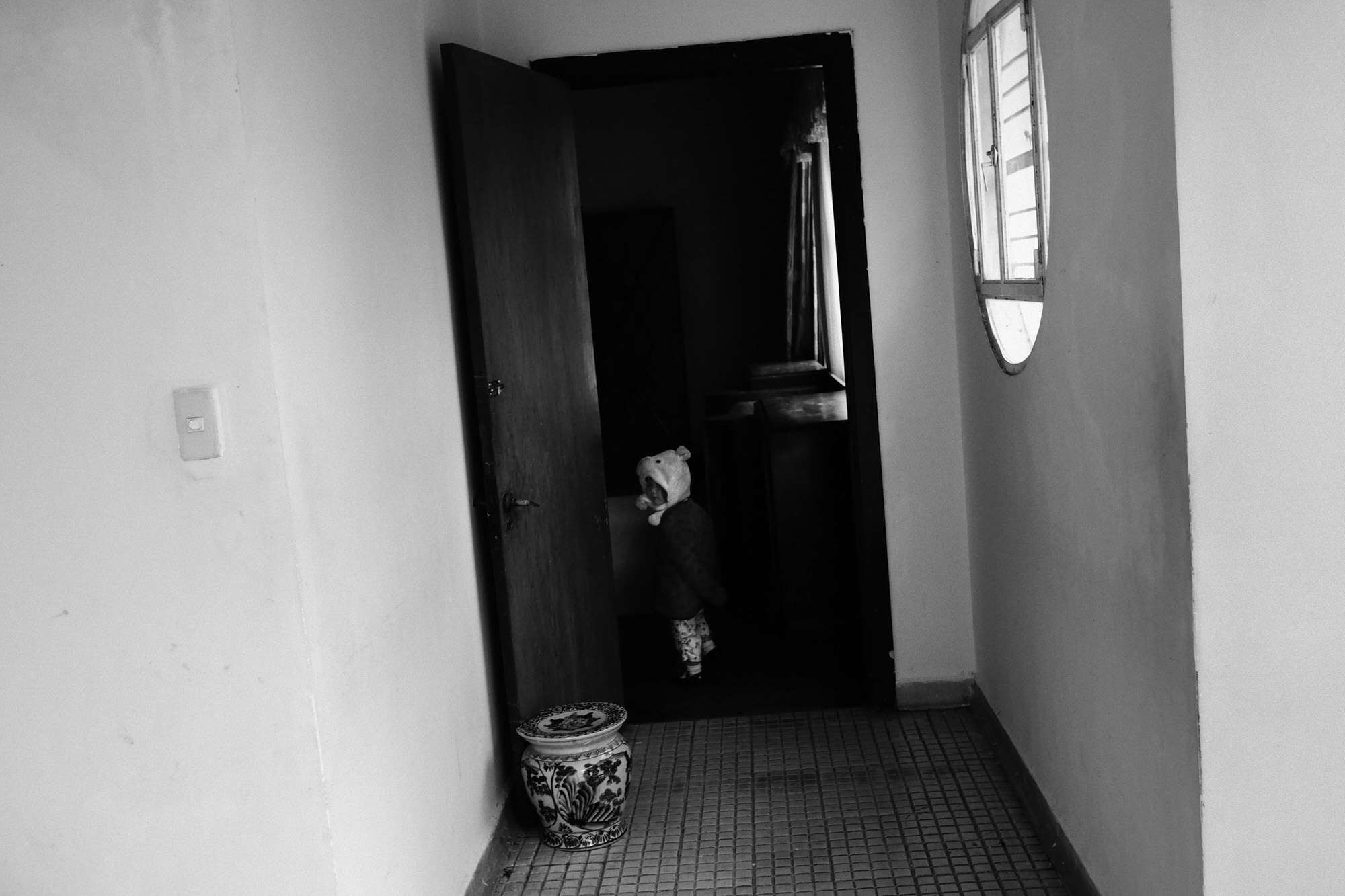 Street photography in Dalat, Vietnam, using a smaller mirrorless camera, contrasting with the bulkiness of DSLRs for travel.
Street photography in Dalat, Vietnam, using a smaller mirrorless camera, contrasting with the bulkiness of DSLRs for travel.
While DSLRs are powerful tools favored by professionals in genres like commercial and wedding photography, they often present significant drawbacks for travel photographers.
The primary issue is bulk and weight. DSLRs, along with their lenses and accessories, can quickly become cumbersome to carry around all day, detracting from your travel enjoyment. The temptation to bring multiple lenses – wide-angle, telephoto, and primes – further exacerbates the weight and space burden.
Moreover, the obtrusive nature of a large DSLR can make you stand out, potentially hindering candid street photography or drawing unwanted attention in certain locations. For most travel scenarios, the benefits of a DSLR’s advanced features are outweighed by their practical disadvantages.
5. Embracing Prime Lenses for Creative Travel Photography
 Street scene in Kyoto, Japan, demonstrating the use of a prime lens and foot zoom for engaging travel photography.
Street scene in Kyoto, Japan, demonstrating the use of a prime lens and foot zoom for engaging travel photography.
Many travel photographers feel the need for zoom lenses to capture distant subjects or wildlife. However, embracing prime lenses (non-zoom lenses with a fixed focal length) can significantly enhance your travel photography creatively.
Prime lenses encourage you to move and interact with your environment. Without zoom, you use “foot zoom” – physically moving closer or further away from your subject. This active approach leads to better compositions, as you’re forced to consider angles, perspectives, and filling the frame effectively.
This limitation becomes a “creative constraint,” pushing you to think outside the box and find more engaging ways to capture your travel experiences. Prime lenses often boast wider apertures, allowing for beautiful background blur (bokeh) and improved low-light performance, further enriching your images.
6. Recommended Travel Photography Gear Essentials
 Travel photographer's gear including a compact camera, laptop, and backpack, showcasing essential equipment for content creation on the go.
Travel photographer's gear including a compact camera, laptop, and backpack, showcasing essential equipment for content creation on the go.
Building a practical travel photography kit involves more than just the camera. Here are some recommended essentials:
- Camera: As discussed, a smartphone, compact camera, or lightweight mirrorless system are ideal starting points.
- Laptop (Optional): For photographers who blog or need to edit and share photos extensively while traveling, a lightweight laptop like a MacBook Air is invaluable.
- Photo Backpack: A comfortable and functional backpack is crucial. The ThinkTank Perception series offers excellent options for carrying camera gear and a laptop securely and discreetly. For lighter setups, consider shoulder bags like the ThinkTank Retrospective series, which don’t scream “camera bag.”
- Extra Batteries & Memory Cards: Always carry spares to avoid running out of power or storage at critical moments.
- Portable Charger: A power bank is essential for keeping your smartphone and USB-C charged cameras running throughout the day.
7. Tablets vs. Smartphones for Travel Photography Workflow
 Traveler using a smartphone in Hanoi, Vietnam, suggesting the smartphone's versatility eliminates the need for a tablet.
Traveler using a smartphone in Hanoi, Vietnam, suggesting the smartphone's versatility eliminates the need for a tablet.
While tablets offer larger screens for viewing photos, they are often redundant for travel photography when you already have a smartphone. Modern smartphones are powerful enough to handle photo editing, sharing, and even basic photo management tasks. Carrying both a smartphone and a tablet adds unnecessary weight and bulk to your luggage. For most travelers, sticking with a capable smartphone is the more streamlined and efficient approach.
8. Clothing Considerations for Travel Photographers
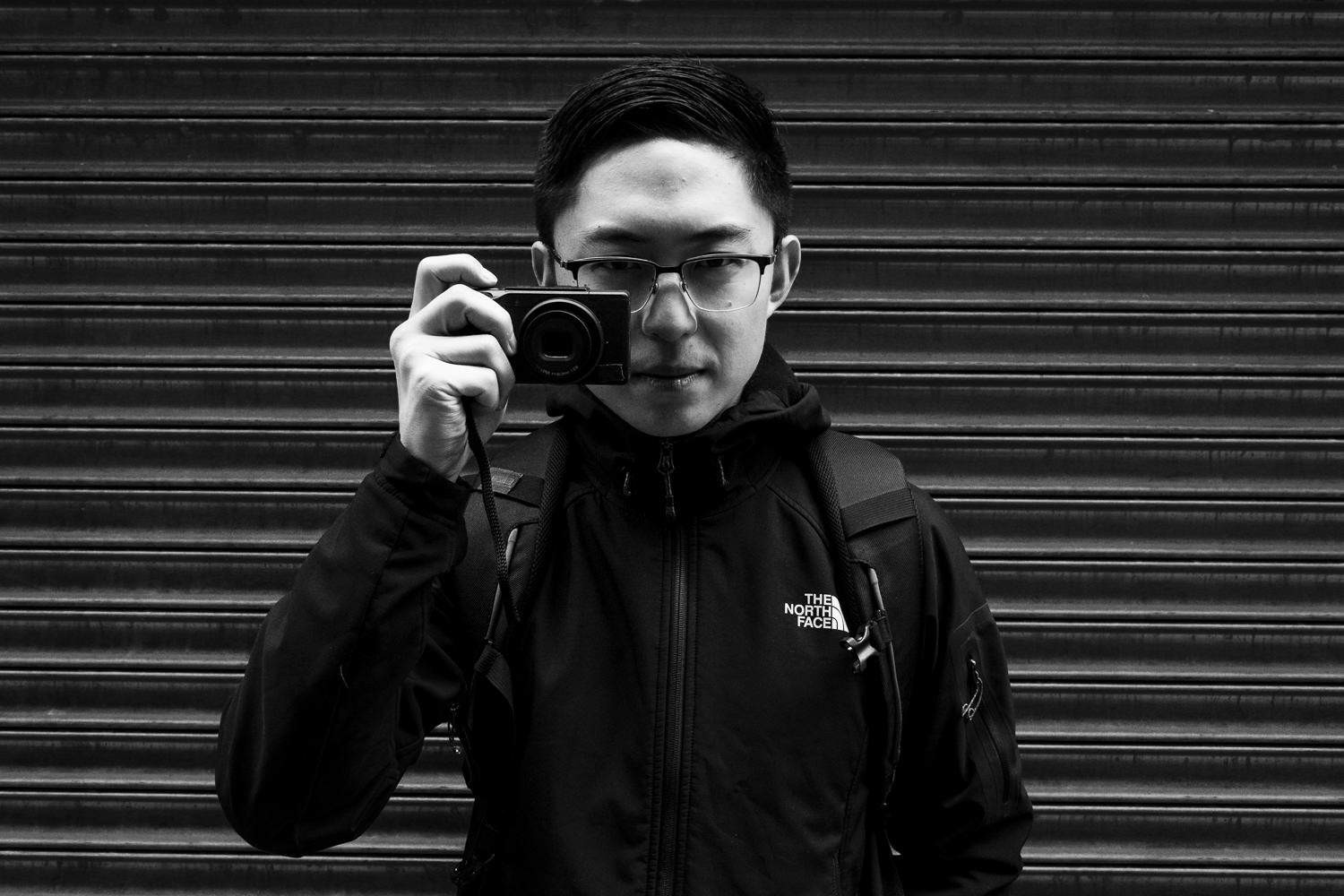 Travel clothing featuring synthetic, quick-drying materials, emphasizing practicality for photographers on the move.
Travel clothing featuring synthetic, quick-drying materials, emphasizing practicality for photographers on the move.
Choosing the right clothing significantly contributes to a comfortable and efficient travel photography experience. The key principle is to avoid cotton and opt for synthetic materials like nylon or polyester. These fabrics are lightweight, quick-drying, and less bulky, ideal for travel.
For minimalist travel, consider packing just two sets of underwear and quick-drying shirts. Brands like ExOfficio and UNIQLO Airism offer excellent travel-friendly underwear and shirts that are comfortable, lightweight, and easy to wash and dry on the go. Investing in comfortable walking shoes, such as minimalist and flexible options like Nike Free RN, is also crucial for long days of exploring and photographing.
9. Backing Up Your Travel Photos Efficiently
 Cloud backup of travel photos in Hanoi, Vietnam, highlighting the importance of data security while traveling light.
Cloud backup of travel photos in Hanoi, Vietnam, highlighting the importance of data security while traveling light.
For travel photographers aiming to pack light, especially those with laptops, relying on cloud backup services like Dropbox or Google Drive is more practical than carrying external hard drives. Cloud backup offers convenience and reduces weight.
If you prefer a physical backup, consider a Solid State Drive (SSD). SSDs are significantly lighter, faster, and more shock-resistant than traditional Hard Disk Drives (HDDs). A 500GB Samsung SSD provides ample storage and is a worthwhile investment for safeguarding your precious travel memories.
10. Enhancing Your Travel Photography Skills
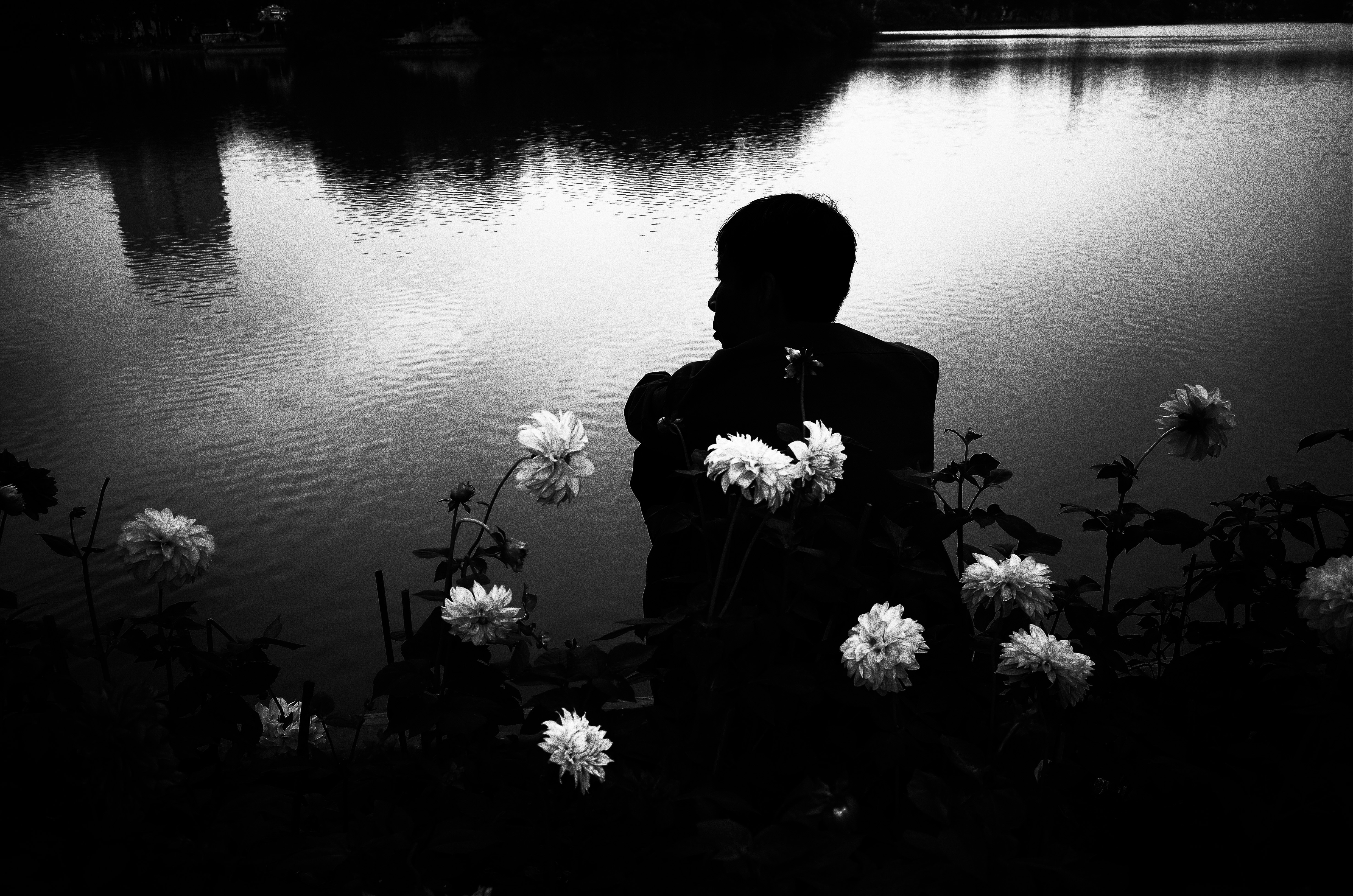 Street photography in Hanoi, Vietnam, encouraging readers to explore further resources for travel photography techniques.
Street photography in Hanoi, Vietnam, encouraging readers to explore further resources for travel photography techniques.
Equipped with the right camera and gear, the next step is honing your travel photography skills. To elevate your travel photos from snapshots to compelling visual stories, explore resources dedicated to travel photography techniques and inspiration. Consider delving into articles and tutorials that cover topics such as composition, capturing local culture, street photography in travel, and storytelling through images.
Explore more travel photography articles for in-depth tips and techniques >
Conclusion: Choosing Your Ideal Travel Camera
Ultimately, the best camera for travel photography isn’t about having the most expensive or feature-packed model. It’s about selecting a camera that aligns with your photography goals, travel style, and willingness to carry gear. Whether it’s the smartphone in your pocket, a versatile compact camera, or a lightweight mirrorless system, the ideal travel camera is the one that empowers you to capture and share your unique perspective of the world, without hindering your journey itself.

